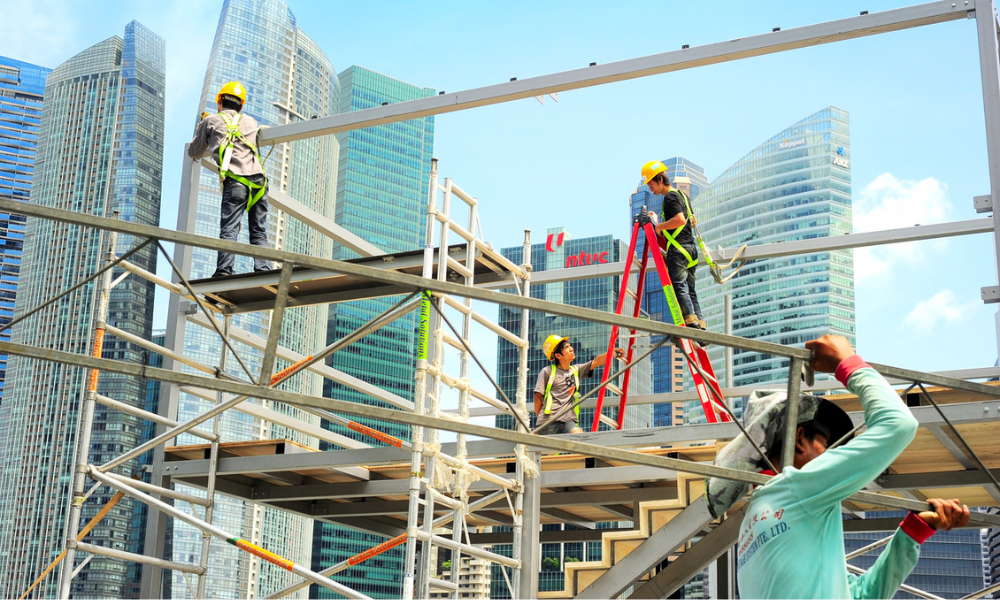
'Some improvement' recorded on WSH, but government calls for vigilance

The number of employees developing occupational diseases went above 1,000 in 2022, with noise-induced deafness leading the count, according to the Ministry of Manpower (MOM).
MOM's Workplace Safety and Health Report 2022 found 1,052 occupational disease cases in Singapore, with an incidence rate of 29.7 per 100,000 workers.
This is much higher than the 659 occupational disease cases recorded in 2021, with an incidence rate of 20 cases per 100,000 individuals.
Cases of noise-induced deafness (NID) made up the majority of occupational disease tally in 2022, registering a total of 624 cases, significantly higher than the 168 recorded in 2021.
The WSH report attributed the increase to the "ongoing Enhanced Workplace Health Surveillance efforts and increased awareness in reporting amongst doctors and employers."
Manufacturing is the top contributor of NID cases with 430 cases or 69% of the total, followed by the Marine sector with 50 cases or eight per cent of the sum.
Meanwhile, work-related musculoskeletal disorders (WRMSD) ranked second in the most-reported occupational diseases in Singapore with 340 cases in 2022.
This is despite a decrease in the number of recorded cases, down from the 379 cases reported in 2021, according to the report. The sectors contributing the most to WRMSD cases are:
The findings come as the government recorded a slight uptick in workplace fatalities in 2022, after registering a 1.3 incidence rate per 100,000 workers, up from the 1.1 in 2021.
The government implemented last year a Heightened Safety Period (HSP) in a bid to reduce cases of workplace fatalities and injuries.
"The encouraging development is that during the HSP, the monthly average for fatalities dropped from 4.5 per month to 2.5 per month, translating to an annualised fatality rate of less than 1.0 per 100,000 workers," MOM said in a media release.
The Construction sector remained the top contributor for fatal and major injuries, but it also showed the "most improvement."
In 2022, the sector reported 157 major injuries and 14 fatal injuries, as cases declined during the HSP.
The Manufacturing industry, on the other hand, saw its monthly average worsen during HSP, with seven fatal injuries and 122 major injuries recorded in 2022.
MOM said there was "some improvement" in the overall workplace safety landscape thanks to the HSP, but further vigilance is needed.
"The HSP measures have worked well to arrest the spate of workplace fatalities in 2022 and the construction sector has seen improvements in reducing workplace accidents," said Senior Minister of State for Manpower Zaqy Mohamad in a statement. "I call on all employers and workers to remain vigilant."
The government extended the HSP until May 31 this year and convened the Multi-Agency Workplace Safety Taskforce to identify and implement strategies to boost workplace safety per sector. It also introduced last year a new code of practice that will make company leaders more accountable for their organisation's WSH practices.
These measures were implemented as the government targets a workplace fatality rate below one per 100,000 workers by 2028.